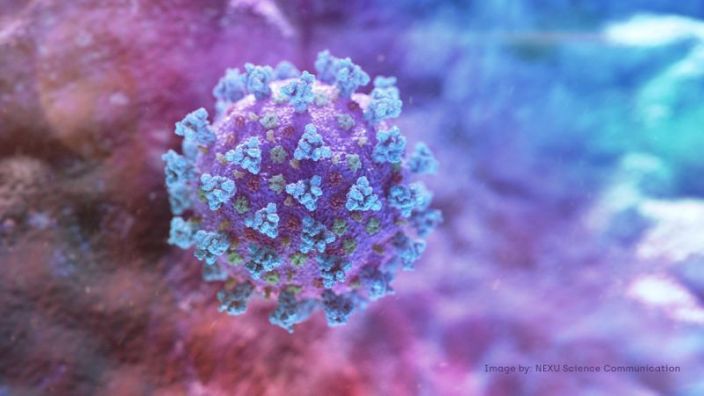COVID-19 PANDEMIC: Philippine gov’t urges ‘behavior change’ as deaths top 3,000
“The 2019 Plague” Day 270
 COVID-19 CASES BREAKDOWN (PH)
COVID-19 CASES BREAKDOWN (PH)
.
.
.
MANILA, Philippines — As the Philippines reached the grim milestone of more than 3,000 COVID-19 deaths on Monday, the Department of Health (DOH) reiterated that the public should learn to live with the new coronavirus, especially as the World Health Organization (WHO) had estimated the pandemic to last at least two years.
Health Undersecretary Maria Rosario Vergeire pointed out that observance of the minimum health standards was necessary given that experts around the world had yet to see signs of the infection slowing down.
“What is important when it comes to this is behavior change. Hopefully, as the months pass, people would change their behavior and practice the new normal, wherein one always wears a mask, washes his hands, observes physical distancing and stays at home if there is nothing important to do outside,” Vergeire said.
On Friday, WHO Director General Tedros Adhanom Ghebreyesus said it took two years for the 1918 Spanish flu to end. Given today’s technology and advancements, Tedros said the WHO hoped the coronavirus pandemic would be over in two years.


.
“We hope to finish this pandemic in less than two years, especially if we can pool our efforts together, and with national unity, global solidarity — that’s really key — with utilizing the available tools to the maximum and hoping that we can have additional tools like vaccines. I think we can finish it in a shorter time than the 1918 flu,” he said.
Even if the outbreak would last for two more years, what is important is that during that time the country’s health system is not overwhelmed and that deaths remain at a “low level,” Vergeire noted.
Currently, the Philippines’ case fatality rate is at 1.55 percent. Nearly all recorded cases are also mild or asymptomatic.
“Hopefully, we would be able to maintain that our health system is not overwhelmed and our case fatality rate is low. We can only do that by doing the minimum health standards. Even if it has to take two years for us to do that as long as we are all safe,” she said.
On Monday, the DOH reported an additional 4,686 cases, bringing the national tally to 194,252. The figure is higher than the University of the Philippines’ upper-bound projection of 186,372 total cases by Aug. 24.
Of the new cases, 4,045 got sick between Aug. 11 and 24, while 413 fell ill between Aug. 1 and 10. Metro Manila recorded the most number of cases at 2,519, followed by Laguna (286), Cavite (218), Bulacan (189) and Rizal (179).
.


.
Most active cases mild
There are a total 59,200 active cases, of which 91.5 percent are mild, 6.1 percent asymptomatic, 1 percent severe and 1.4 percent critical.
The total number of patients who have recovered from COVID-19 climbed to 132,042 with the recovery of 729 patients.
The death toll, however, reached 3,010 with the deaths of 13 more patients.
Of the newly reported deaths, six died this month, six in July, and one in June. Eight of the fatalities were from Metro Manila, two from Calabarzon, and one each from Bicol, Central Visayas and Davao.
While the DOH said the country’s positivity rate of 10.5 percent still “needs improvement” given that it is double the WHO’s benchmark of 5 percent, the Philippines’ reproductive number is “better” than the global average of 2 to 3 percent as it is now below the ideal of less than 1 percent.
As of Aug. 10, the virus’ reproductive number had been recorded at 0.864 percent, which translates to a lower transmission rate.
UP researchers on Monday said the surge in coronavirus infections in Metro Manila and four nearby provinces could still be slowed even if a lockdown reimposed two weeks ago had been lifted.
But reducing the number of infections to a “very manageable level” would take one to two months, said Guido David, the head researcher.
“Hopefully, it will happen,” presidential spokesperson Harry Roque said, adding the government had its fingers crossed that infections would slip into a downtrend by the end of August.
.


.
—With reports from Julie M. Aurelio and Cathrine Gonzales
For more news about the novel coronavirus click here.
What you need to know about Coronavirus.
For more information on COVID-19, call the DOH Hotline: (02) 86517800 local 1149/1150.
The Inquirer Foundation supports our healthcare frontliners and is still accepting cash donations to be deposited at Banco de Oro (BDO) current account #007960018860 or donate through PayMaya using this link .


SIGN UP TO RECEIVE OUR EMAIL
.
The most important news of the day about the ASEAN Countries and the world in one email: [email protected]
8.25.2020









